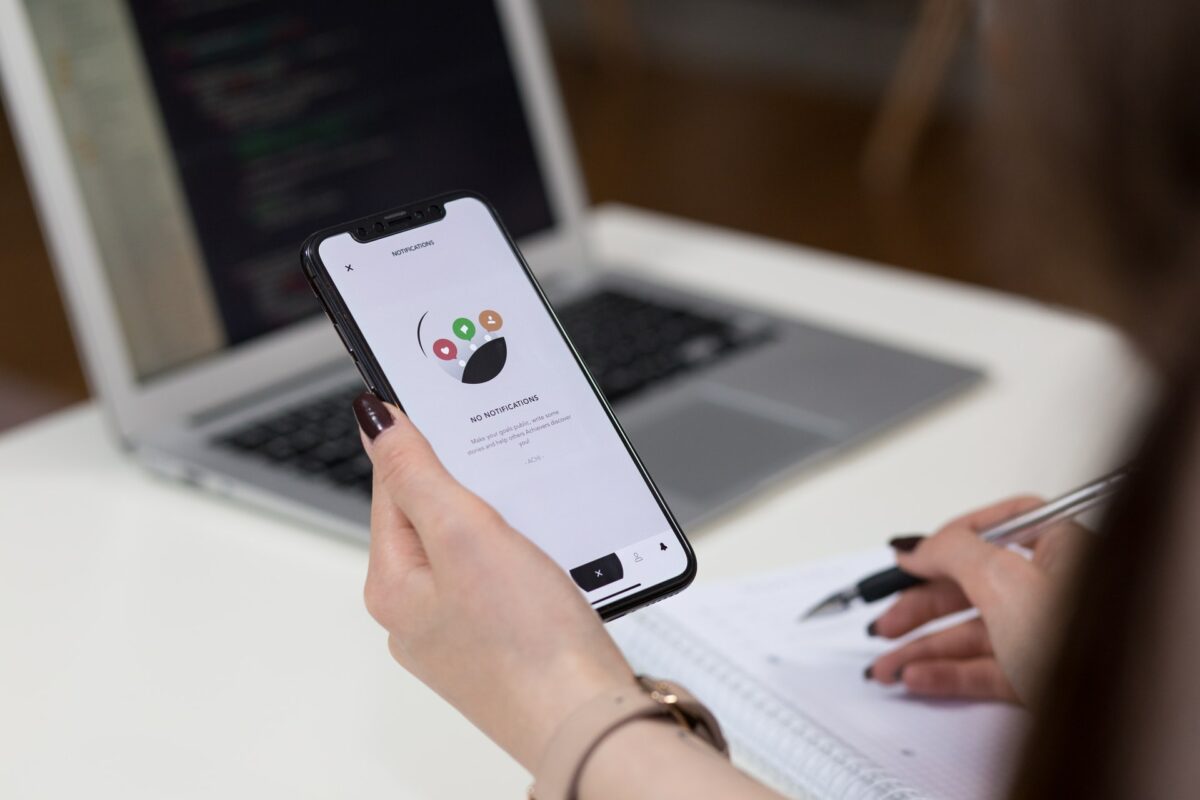‘Best User Experience’ should be the chief purpose of every business. One invests huge time, efforts with substantial costs to ensure that their products and services are glitch-free and working perfectly. Mobile applications are very popular nowadays. It provides the best-in-class user experience to end-users.
Today, we have countless numbers of mobile apps for everything – from booking a ride, buying groceries, clothes shopping, hotel bookings, planning the next vacation, chit-chatting with loved ones to staying up-to-date on social media. India has become the globe’s fastest-growing market for mobile applications on both Google’s Play Store and the Apple iOS, with a tremendous spike in revenue during the third quarter of 2020. The total number of mobile app downloads in 2020 was over 218 billion. Experts assume that there would be a 25% increase in worldwide mobile app downloads from 2018 to 2022.
Mobile app testing is very different from the testing of web or desktop apps. Many people are familiar with the working of desktop apps and stay patient when it comes to finding bugs from a new app. However, mobile device users want the right functionality from their downloaded apps. They want an immediate response with omni channel experiences. For example, you make a login into the Amazon online shopping site and put some items to the cart and ready for the purchase, but suddenly you have to go somewhere else by shutting off your PC. At this time, you open the Amazon app on your smartphone and buy the things that you’ve added into the cart through your pc. This one is a fantastic technology, and we call it as an Omnichannel experience.
Thus, mobile app users should have powerful strategies with best test practices to get a hassle-free and seamless working experience. Mobile users have various options when it comes to choosing a different application, so they will never wait for you, especially if your app is buggy and working very slow. To improve the usability of mobile apps, one needs to perform rigorous mobile usability testing.
Some Factors to Consider While Mobile Usability Testing are:
Comprehensive Test Plan & Strategy
You can face various challenges while testing the usability of mobile apps, such as System Integration, Complex Security Issues, Device Fragmentation, Extensive Cross-Platform Testing, fulfilling the expectations of dynamic user requirements, multiple testing tools, Integration with other devices, and so on.
In this case, a pre-defined test plan and strategy may not work. As a mobile testing team, you should always be ready for a dynamic way of working. You should update your mobile testing strategies from time to time and based on the custom features that your customers need in the software application.
Test the Application as a Customer or End-User
Providing a high level of satisfaction to end-users is the main role of handheld devices. At this point, you should play the role of customers or end users before launching the app to the market. The end user is the person that will use your hardware device or a software program.
To meet the goals of end-users, it is essential to test the application as a customer or an end user. End-user testing is the last step in the web development process. Before the final release of the application, we have to test the software to ensure that everything is on the right track as intended.
Simple Design
The application’s design should be simple and easy to understand as complex structures are always confusing for users and are deterrents to success.
With the simple design, you can easy to modify the app later or according to your needs. Furthermore, there are fewer chances of errors in the simple design.
Continuous Monitoring of Testing Performance
Continuous monitoring aims to provide companies with an immediate feedback and insights into interactions and performance across networks, servers, and cloud environments, which is crucial for improving security, operational and business performance.
It plays an integral role in every DevOps pipeline and helps in acquiring scalability, efficiency, and better quality for products and services. When you consider the dynamic test strategy and test plan, continuous monitoring goes hand in hand to obtain a favourable outcome.
Prepare a Checklist for Testing
There is a wide array of functions that you need to be testing in a mobile app, and there are plenty of things that will require a holistic approach from you.
You can prepare a checklist before performing mobile usability testing. It can help you understand the critical goals and objectives that you have to follow to satisfy the business needs. Apart from that, it will help you know that your testing strategy is going right.
Performance Testing
Again, eliminating the performance bottlenecks from the mobile app is necessary because your users don’t like your brand when your application takes too much time to load.
Performance errors and other problems are common in mobile apps. UAT (User Acceptance Testing) should be comprehensive and rigorous to ensure error-free results.
Crowd & Monkey Testing
Crowd testing appears to be a wise choice if you want to cover different areas and test the app in different ways.
Similarly, you also need to test your app with monkey testing as it is the testing technique that helps you check the behavior of the application and gives you random inputs in case of the app crashing.
Troubleshooting/Network Connectivity
Ping is a network administration tool or utility to test network connectivity. It helps evaluate the delay or latency between two computers.
To test the functions of apps, there is a need for seamless connectivity to a network, and there are several tools available online to check whether the network can send data between computers or not.
Common Usability Errors
- Use of pop-ups.
- Use of small font sizes.
- Use of unclear link texts.
- Use of dead links.
- Too many animations or effects on a single page.
- Facing Difficulty while filling the contact forms.
- Unstructured site map.
- Inconsistency in design, layout, headers, and buttons.
- As many submenus.
These are some usability errors or mistakes that most people commit in the mobile application, so you should be careful while testing and removing unnecessary usable issues from the app.
Conclusion
The mobile app market is changing quickly with a blink of an eye. It is not an excellent option to be dependent on standard testing strategy as it is a matter of the quality of a mobile app. From startups to blue-chip companies, all quality engineers must update their testing strategies on a regular basis. Only then you can provide great end-user satisfaction and reduce the market launch time of the app. Making adjustments in customer tastes dynamically is the need of the hour, and most importantly, the building of amazing apps for customers requires a solid foundation of mobile testing.














